Telangana Kharif sowing surges in 2025, paddy continues to lag
Fri 08 Aug 2025, 01:51:25

Telangana’s Kharif sowing in 2025 has reached 90 lakh acres by early August, a sharp rise from 73.65 lakh acres recorded during the same period last year. However, paddy transplantation remains sluggish, with only around 35 lakh acres covered so far against a 66 lakh-acre target, which stands in stark contrast to the overall robust sowing progress.
The State has set a total Kharif acreage target of 152 lakh acres. Crops like cotton and maize are showing steady progress, but erratic rainfall and urea shortages have severely impacted paddy operations. Transplantation had barely touched 36,300 acres by mid-June, and only picked up pace after rainfall in mid-July and recent water releases from major irrigation projects.
In 2024, the State surpassed expectations by achieving 62.13 lakh acres of paddy, far exceeding the 45 lakh-acre target, which contributed significantly to a combined Kharif and Rabi output of 153 lakh metric tonnes.
Officials believe the 2025 season could approach similar output levels, provided monsoon conditions remain stable. However, urea shortages this year, in contrast to 2024’s relatively stable supply, pose a
threat of 10–15 per cent yield drop, especially in irrigated areas.
threat of 10–15 per cent yield drop, especially in irrigated areas.
Cotton has been sown across 43.38 lakh acres so far, nearing the 50 lakh-acre target, and marking an improvement from 40.45 lakh acres in 2024. Maize has covered 4.52 lakh acres, marginally higher than last year’s 4.28 lakh acres, reflecting its resilience and suitability for rain-fed areas. Soybean and red gram have also shown steady gains, with 4.26 lakh acres and 4.19 lakh acres sown respectively, compared to 4.12 lakh acres and 4.05 lakh acres in 2024.
However, sowing continues to lag in parts of Suryapet and Mahabubabad districts, where no water has been released under the SRSP Stage-II ayacut, due to non-operational pump houses of the Kaleshwaram Lift Irrigation Project.
Some districts have reported below-average rainfall even by the end of July, compounding challenges for farmers. Urea shortages have led to black marketing, further impacting both paddy and cotton cultivation. In contrast, maize farmers are relatively unaffected, as the crop requires just 40 cm of water, making it a more viable option under rain-fed conditions compared to the water-intensive paddy.
No Comments For This Post, Be first to write a Comment.
Most viewed from Hyderabad
Most viewed from World
AIMIM News
Latest Urdu News
Most Viewed
May 26, 2020
Where should be the burial of the pilgrims martyred in the Saudi Arabia bus accident?
Latest Videos View All
Like Us
Home
About Us
Advertise With Us
All Polls
Epaper Archives
Privacy Policy
Contact Us
Download Etemaad App
© 2025 Etemaad Daily News, All Rights Reserved.



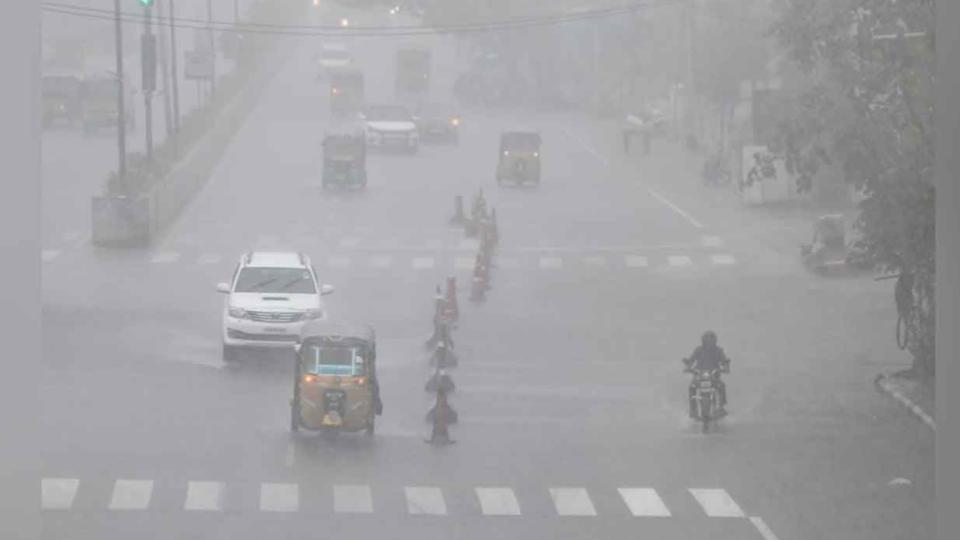
















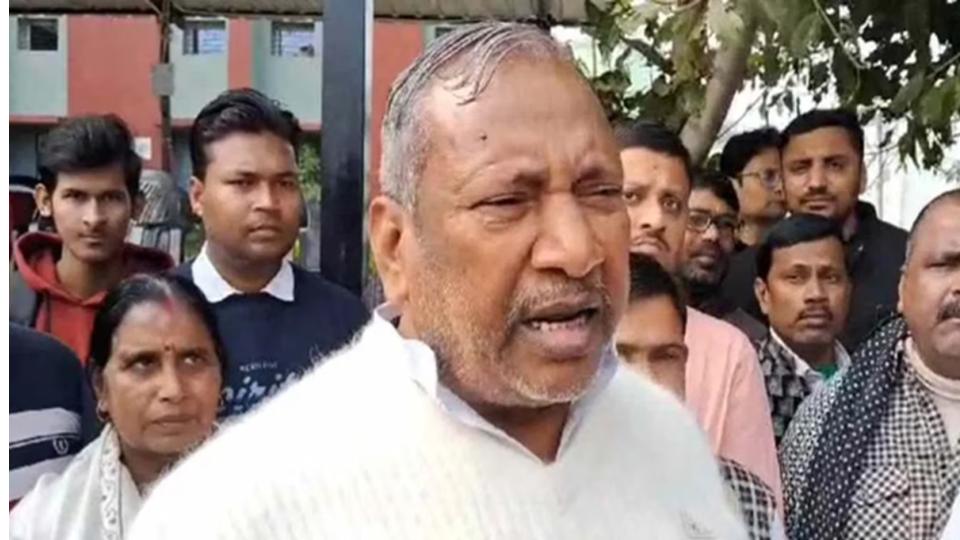



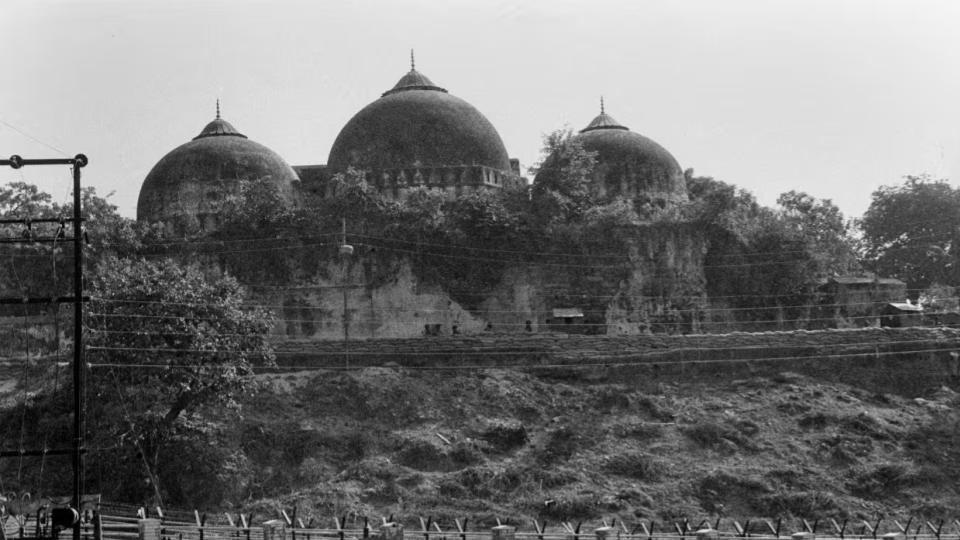






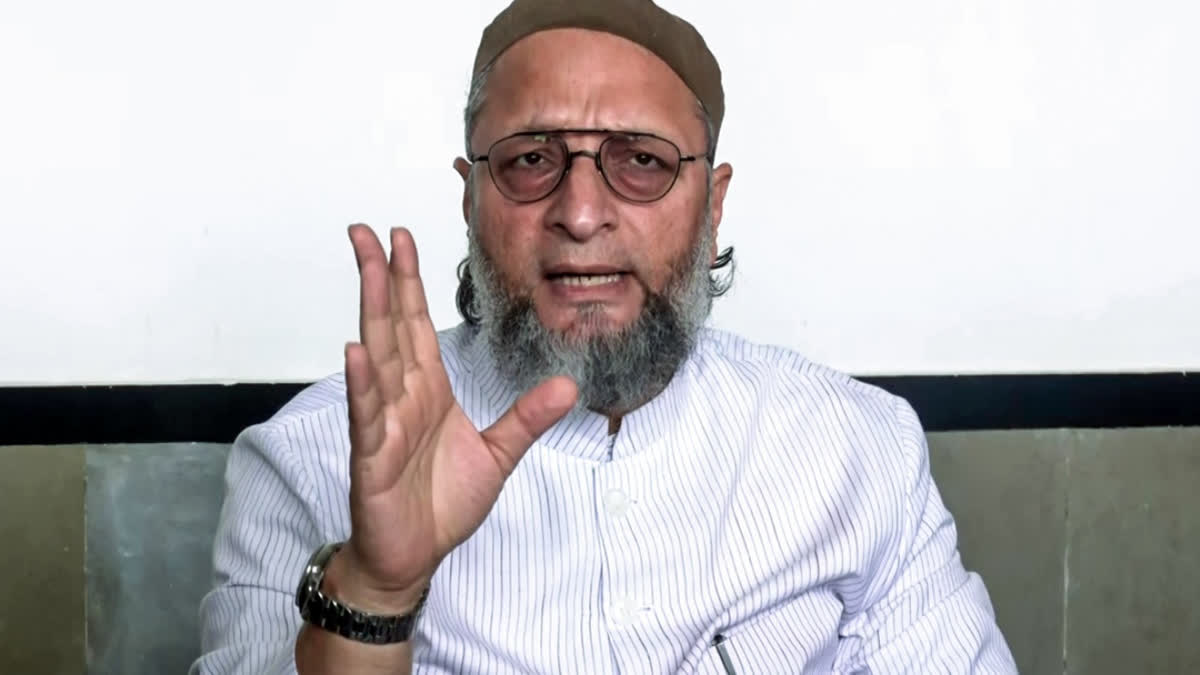
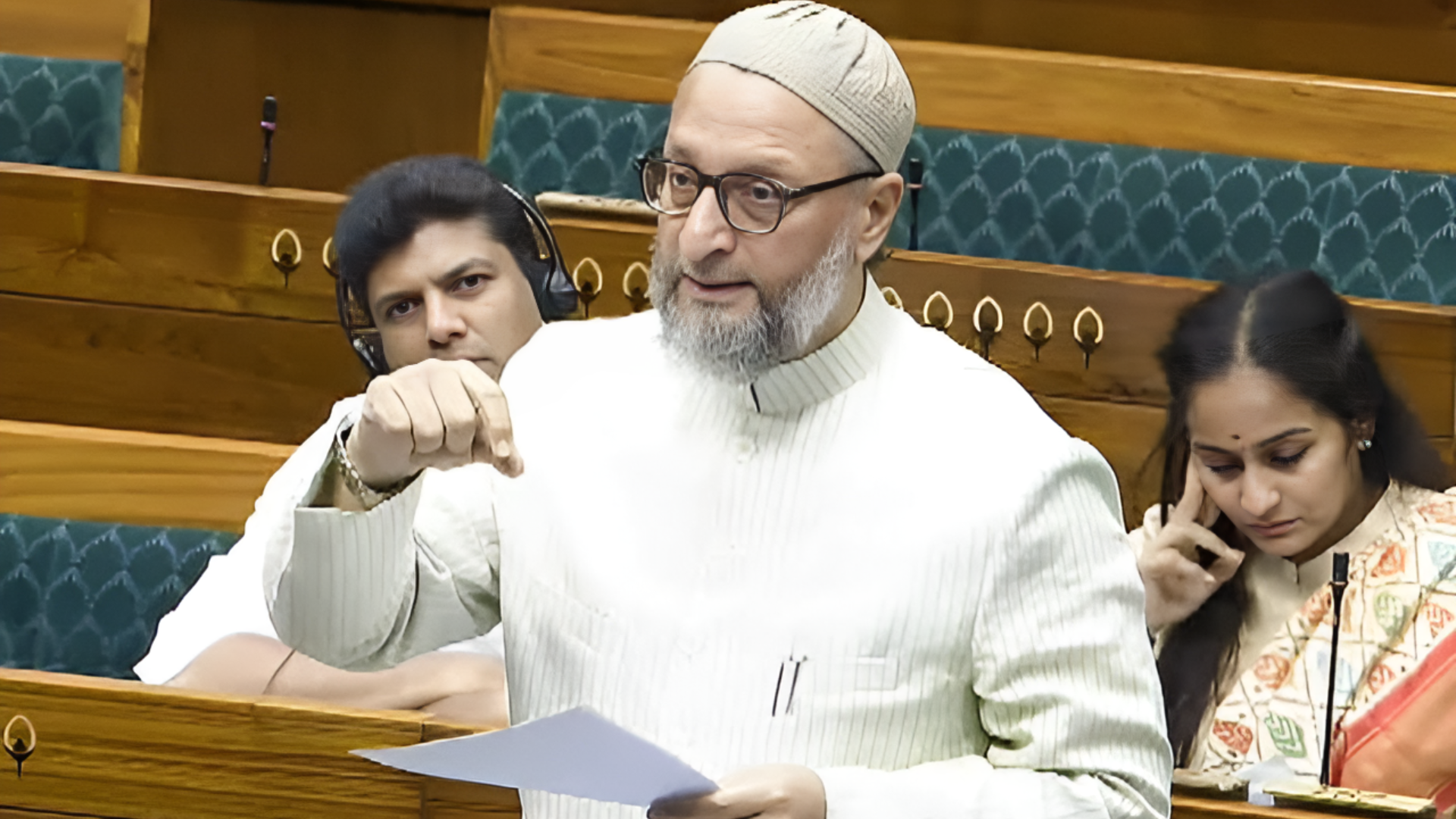



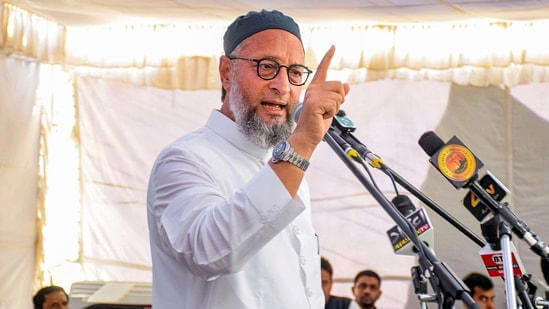
.jpg)
.jpg)
.jpg)


